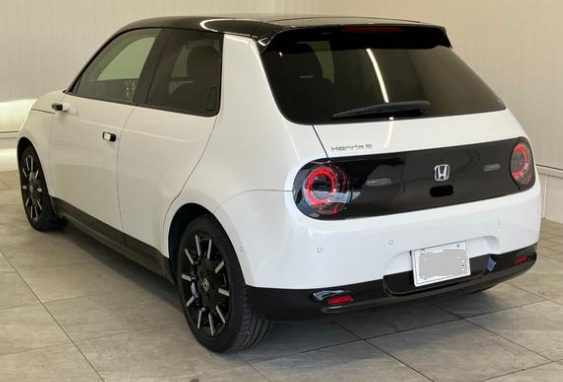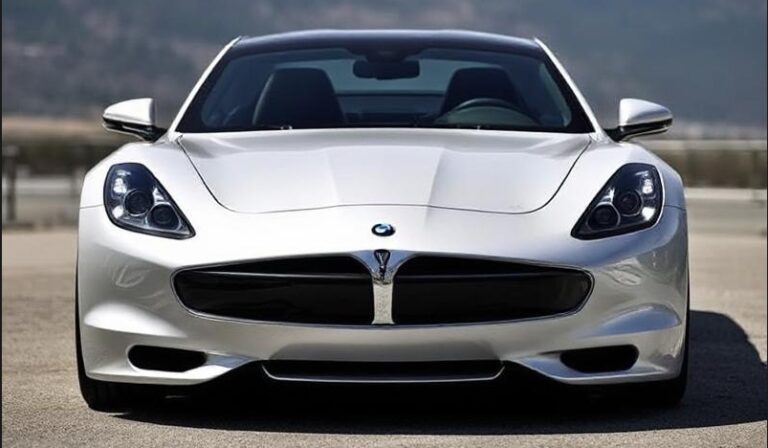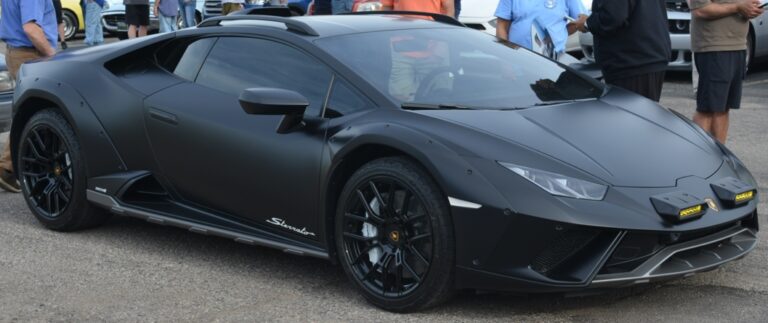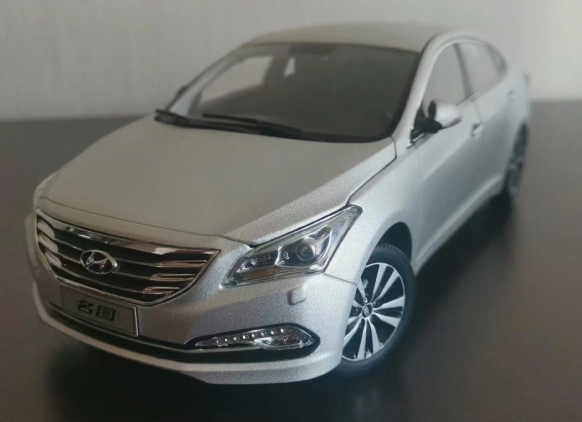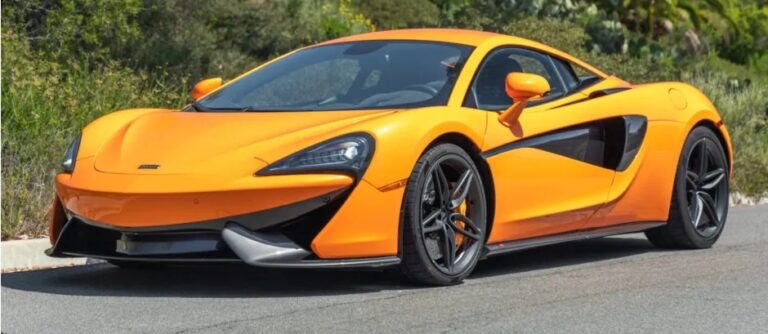The Little Electric Icon: Tracing the Evolution of the Honda e
The automotive landscape of the late 2010s was a rapidly shifting terrain. Electrification was no longer a niche concept but a burgeoning mainstream reality, with manufacturers scrambling to introduce their vision of the future. Amidst this surge of often utilitarian, long-range EVs, Honda, a company steeped in a legacy of engineering prowess and a penchant for the unconventional, decided to chart a different course. The result was the Honda e, a compact, retro-futuristic electric city car that, while perhaps not aiming for segment dominance in the traditional sense, aimed to capture hearts and redefine what an urban electric vehicle could be.
Unveiled as a concept at the 2017 Frankfurt Motor Show, the Honda Urban EV Concept was a bold statement. It eschewed the aggressively styled, aerodynamic forms prevalent in EV design, opting instead for a charmingly retro aesthetic reminiscent of the original Honda Civic and the iconic VW Beetle. Its minimalist design, emphasized by its clean lines, flush door handles, and round headlights, immediately ignited public imagination. This wasn’t just another appliance; it was a statement of intent, a promise of a more personable and stylish electric future.
The production version, officially revealed at the 2019 Geneva Motor Show, remained remarkably faithful to the concept. This marked the official debut of the Honda e, a vehicle designed with a clear purpose: to excel in the urban environment. It was conceived as a premium small electric car, prioritizing style, driving enjoyment, and a sophisticated interior experience over sheer range or outright performance.
The Genesis: 2020 – The Dawn of the Honda e
The Honda e officially entered production in 2020, with initial deliveries commencing in Europe. Honda strategically launched the e in key markets where a demand for stylish, compact, and environmentally conscious urban mobility was growing. Notably, it was not released in North America, a decision that highlighted its targeted appeal.
For its debut year, the Honda e was offered in two distinct trim levels, each catering to slightly different preferences and budgets:
- Honda e (Standard Model): This was the entry-level offering, providing a taste of the Honda e’s unique charm and electric capabilities. It featured a compact 35.5 kWh battery pack, offering an official WLTP range of approximately 210 kilometers (around 130 miles). The electric motor produced a respectable 100 kW (136 PS / 134 hp) and 315 Nm (232 lb-ft) of torque, providing brisk acceleration well-suited for city driving. Standard features included a full-width digital display incorporating the instrument cluster and infotainment system, a rearview camera, and Honda’s suite of active safety features.
- Honda e Advance: Stepping up, the Advance model offered a more premium experience and enhanced performance. It shared the same 35.5 kWh battery but featured a slightly more powerful electric motor, outputting 113 kW (154 PS / 152 hp) and the same 315 Nm of torque. This translated to a marginally quicker 0-62 mph time. The Advance trim also brought a higher level of standard equipment, often including features like heated seats, a premium audio system, a panoramic glass roof, and advanced parking assistance. Visually, subtle differences might have been present, such as different alloy wheel designs.
Both models were built on a dedicated electric vehicle platform, emphasizing a low center of gravity for agile handling. The rear-wheel-drive configuration, a departure from the front-wheel-drive layout common in many small cars (and even some other EVs), contributed to its engaging driving dynamics. The “e” in its name was more than just an abbreviation; it signified “electric,” “efficient,” “enjoyable,” and “easy to live with.”
.
RepairSurge Online Repair Manuals Replace Bulky Books With Reliable Digital Information!
Faster And Cheaper Than Traditional Printed Manuals, Users Get Instant Access To The Repair Information They Need For Any Car, Truck, Van or SUV:
.
Refinement and Expansion: 2021 and Beyond
The initial reception of the Honda e was largely positive, with critics praising its design, interior quality, and fun-to-drive nature. However, some also pointed to its relatively limited range and the absence of more powerful motor options as potential drawbacks for those venturing beyond purely urban commuting.
In response to this feedback and to keep the model fresh, Honda made minor updates and enhancements in subsequent years.
- 2021 Model Year: While no radical redesign or new powertrain was introduced for the 2021 model year, Honda continued to refine the existing offerings. This often involved software updates for the infotainment system and minor tweaks to feature packaging. The core offering of the Standard and Advance trims largely remained consistent, with the focus on maintaining the car’s appeal as a premium urban EV. There were no new body styles or significant powertrain changes made in 2021.
- 2022 Model Year: For the 2022 model year, Honda introduced a subtle but significant enhancement to the Honda e’s powertrain. While the battery size remained the same at 35.5 kWh, Honda optimized the software and electric motor control to extract slightly more performance from both existing variants.
- The Honda e (Standard) motor was revised to produce 85 kW (114 PS / 113 hp), a slight reduction from its initial 100 kW output, but Honda claimed this was done for improved efficiency and a more refined driving experience in certain scenarios. The torque remained at 315 Nm.
- The Honda e Advance saw its motor retain its 113 kW (154 PS / 152 hp) output but with improved torque delivery and overall efficiency due to software revisions. The torque figure also remained at 315 Nm.
- 2023 and Beyond: A Farewell Chapter?
As the automotive industry continued its rapid electrification, the Honda e found itself in an increasingly competitive segment. While it garnered a devoted following for its unique character, its inherent limitations in range and interior space, when compared to newer, more mainstream EVs, became more apparent.
For the 2023 model year and into 2024, Honda did not introduce any significant new models, trim levels, or major powertrain updates for the Honda e. The existing Standard and Advance trims continued to be offered in the markets where the car was sold. However, production figures began to dwindle, and industry speculation grew about the future of this distinctive model. In mid-2024, Honda officially announced that production of the Honda e would cease. This marked the end of an era for this beloved electric city car, which had carved out a special niche in the EV market.
Legacy of the Honda e:
The Honda e’s evolution wasn’t defined by a dramatic overhaul of powertrains or body styles, but rather by a consistent commitment to its core principles: distinctive design, engaging driving, and a premium urban experience. It proved that electric cars didn’t have to be bland or purely utilitarian. The Honda e was a testament to Honda’s engineering philosophy, demonstrating that practicality and personality could coexist harmoniously in the electric age.
While its production run was relatively short, spanning from 2020 to mid-2024, the Honda e left an indelible mark. It offered a different perspective on electric mobility, appealing to those who valued style, an emotional connection with their vehicle, and a joyful driving experience above all else. The “little electric icon” may have exited the stage, but its legacy of daring design and delightful urban motoring will undoubtedly continue to inspire future generations of electric vehicles. Its story serves as a reminder that in the quest for electromobility, there is indeed room for charm, character, and a touch of automotive artistry.
